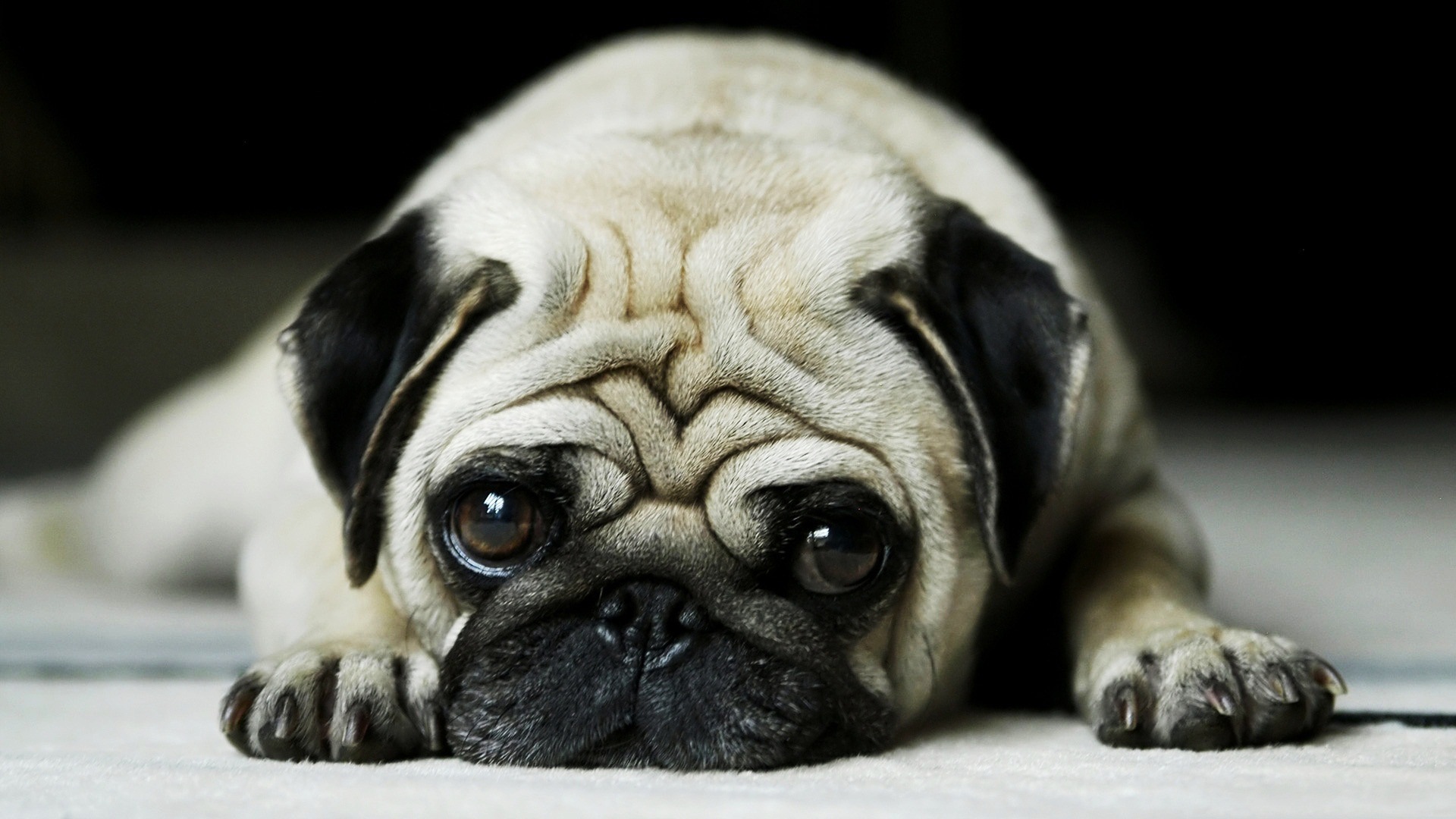Thanks to the internet and social media, it’s easy to find a plethora of photos and videos of adorable pooches. Some breeds are more popular than others and that popularity has resulted in the production of many products such as Pug Life t-shirts and corgi mugs. However, this widespread adoration is causing many types of dogs to increase in demand, and many breeders see this as a profitable business venture. With such profit to be made, some puppies are practically manufactured and sold as products rather than living creatures.
The worst type of businesses in the dog world, as many people may know, are puppy mills. Puppy mills are, in a literal sense, puppy factories. According to the ASPCA, they estimate that there are about ten thousand puppy mills in the United States. What some may not know is what exactly goes on in these cruel places. Dogs are typically living in overcrowded cages and are neglected when it comes to food, water, disease and socialization. Because the breeders are focusing more on profits than the welfare of their dogs, females are bred almost immediately after their litters are taken away at eight weeks of age, then are killed when they can no longer breed.
The puppies are sold in pet stores, internet and newspaper ads and flea markets. There’s a flea market in my town and one wing is dedicated to selling pets, the majority of them puppies. Even though I love seeing their cute little faces and want to take them all home, I often wonder whether the people behind the booths are secretly running puppy mills. One sign that suggests such is the fact that there could be up to four or five different types of purebreds at one booth. Most responsible breeders I’ve come across typically only have one type of dog with only one litter to take care of.
Even when getting a dog from a professional pet store, the puppies can come with diseases because of the unsanitary living conditions and the carelessness of hereditary conditions. Most purebred puppies come with papers when bought from a pet store, though those papers don’t really validate anything and don’t have much legal significance. The reason why I’m using the terms bought and sold in this half of the article is because that’s essentially what’s happening to the puppies. Rather than being adopted, they are sold as merchandise.
The ASPCA conveniently created a site called nopetstorepuppies.com, which includes a map that allows you to see if there are any stores selling puppies in your area. Above the map, there’s also a link where you can find stores that offer adoptions. It was shocking for me to see that there are three stores within driving distance from my house that sell puppies!

When getting a puppy from a breeder who’s not running a puppy mill, there’s still the chance that they’re in it for the money. Over the years, dog types have been altered through selective breeding in order to make them cuter. Unfortunately, most of the popular breeds are falling victim to deformities because of incest a la Hapsburg dynasty. One such example is the pug, which is bred because of their flat faces, which in turn gives them breathing problems.
The YouTube channel Sam O’Nella Academy posted a video that uses humor to describe the plight of the pug and a few other breeds because of the demand for cuter puppies. (Although, I have to disagree with his opinion on Chihuahuas. They’re not all evil little terrors.) Of course, many of us may have a preference of one breed over another. Personally, I prefer Chihuahuas. If you are seeking a certain breed, there’s several ways to do it ethically.
The first is finding a responsible breeder. One major way to tell whether a breeder is responsible or not is if they evaluate the potential adopter. This evaluation includes a home visit and determining if the person’s lifestyle will fit in with taking care of the puppy. Unfortunately for adopters, this could mean that they’ll get denied, but it’s for the sake of the dogs’ wellbeing. In addition, if the adopter, for whatever reason, can no longer take care of the dog, then the breeder should be willing to take it back, even if it’s a full-grown adult.
The mother is a house pet of their own and doesn’t give birth more than once every few years. Both parents are selected based on their genetic quality so that the puppies are as healthy as possible. So, that means that the puppies may not conform to what society determines, say, a Yorkie looks like, but they’ll be healthier, live longer lives and give the owner less vet bills to worry about. Responsible breeders can be found through internet research or vet recommendations.
Another way to find a certain breed is to adopt one from a rescue. Occasionally, purebreds may appear in a local shelter. However, there are also breed specific rescues available. To find one, just go to Google and type in “(desired breed) rescues.” Unlike shelters, many of these rescues are not centralized in one facility. Instead, they’re a network of foster owners and shelter listings from all over the country. It’s important, though, to focus on the region that you live in because some dogs will be available to only those living in it. Otherwise, you might live in New York but end up falling for a dog that you can’t adopt because he’s in Oregon. Once you find the perfect dog, you still might end up driving some distance to get it.
Rescue dogs have a lot of perks. First of all, they’re cheaper. Even though the fees can end up in the hundreds, they typically come already vaccinated and spayed/neutered, so you end up saving a lot of money. Another is that because they often come from foster owners, they’ve already been trained and their personalities are fully figured out. Foster owners will be able to offer a lot of information about their temperament and quirks.
Lastly, you can pick up a mutt from the shelter. Sure, they might not be a purebred, but they’ll still be adorable and love you no matter what. (Psst! If you want to get a Beagle, you can check out the Beagle Freedom Project to rescue a former animal testing dog; Two birds with one stone!)










